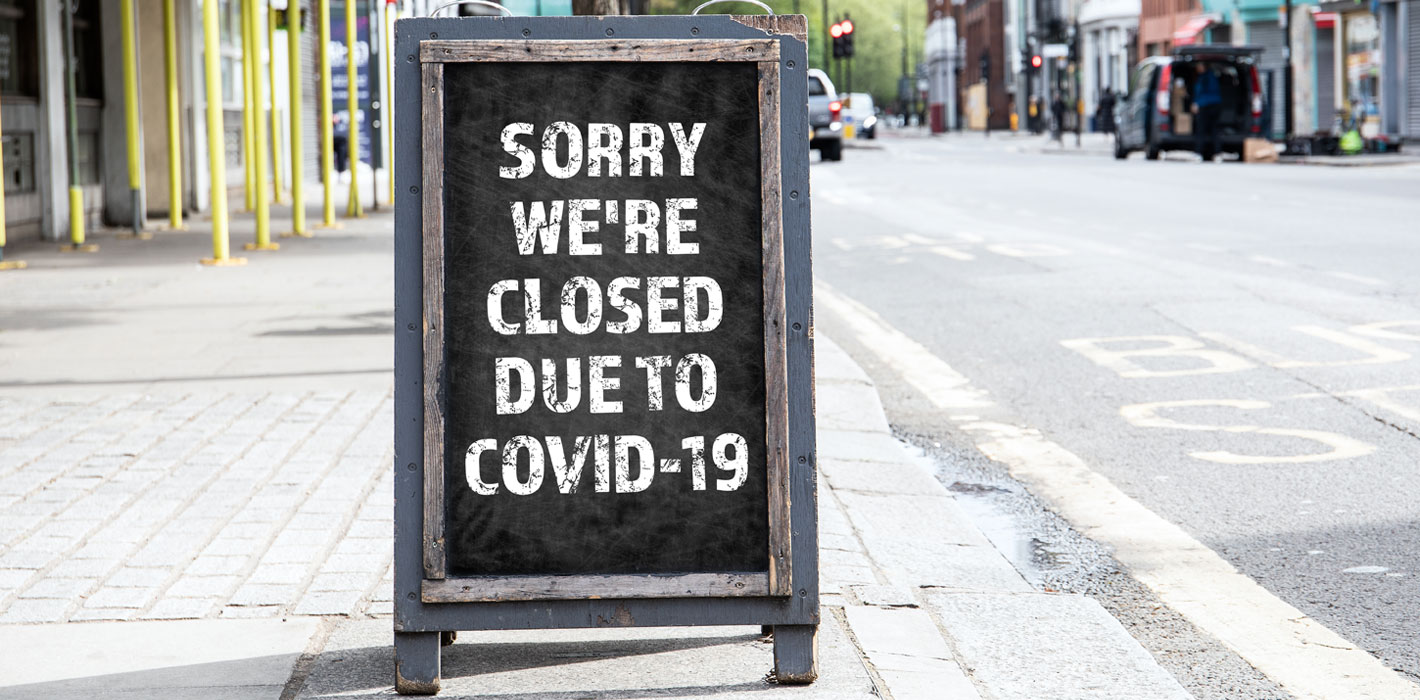Downtrodden economies can lead to great innovation.
Many international entrepreneurs, executives, investors and organizational leaders are challenged by ways to quickly recover from the economic impact of COVID-19. Although there are no easy answers, history provides valuable lessons. Many business owners are concerned with the extent and duration of the damage to their firm. Organizations can take the following precautionary steps:
- “When times are good you should advertise. When times are bad you must advertise.”
According to Forbes, in the aftermath of the 2008 recession, advertisement spending in the U.S. declined by 13% as follows:- Newspaper ad spending dropped 27%
- Magazine ads shrunk 18%
- Out-of-home dropped 11%
- Television ads decreased by 5%
- Online ads fell off 2%
However, a number of studies point to the advantages of maintaining or increasing ad budgets in a weaker economy. Companies that maintained or increased ad spending bolstered sales and market share during and after a recession.
- Consider smart acquisition opportunities.
Arrow, the financially troubled components maker, seized the opportunity to purchase assets on attractive terms during an industry downturn in the late 1980s. The company launched a series of audacious but smart acquisitions that allowed it to increase sales by more than 500%, turning operating losses into profits and seizing market leadership from its competitor Avnet, once twice its size. - Simplify business strategies and focus on your core competency.
Refrain from diversifying your resources. Netflix, one of the most successful businesses developed during the recession, took advantage of the declining, once profitable, video rental industry. During the peak of the 2009 recession, Netflix gained 3 million members due to their new TV/movie unlimited streaming plan and disc-delivery service. - Think about expanding into new or minimally impacted markets.
In contrast to other companies that were riding out the 2009 recession, Lego’s profits soared by 63% in a stagnant toy market due to its expansion into Asia and increased sales in Europe. Similarly, Netflix succeeded by adding a variety of price plans and different services. - Manage staff effectively.
Make sure you have an up-to-date HR plan. Understand your staffing costs; identify innovative leaders who can shoulder more responsibility; encourage input from staff, shareholders, board of directors and strategic partners; motivate your team by involving them in decision making. - Flexible staffing arrangements.
As an alternative to salary reduction, consider flexible solutions such as a 4-day work week or job-sharing arrangements. If it is necessary to reduce staff, consider training employees to undertake more responsibility while concurrently assessing staff’s skill to identify training necessary for your staff. - Communicate with customers.
Inform customers of your capability to provide service remotely or in a limited capacity. - Financial assistance.
Apply for a low-interest disaster loan
Click here for more information - Develop a business continuity plan.
It is impossible to predict all types of occurrences that can threaten your business, but you can develop a plan to cover a range of events, i.e. natural disasters, computer problems, staffing issues.
The Crane Consulting Firm can assist you with your rebound strategy.
Our considerable experience in guiding clients through challenging scenarios includes, maintaining business operations and continuity, applying for disaster assistance, and monitoring and crafting rebranding campaign initiatives.
Please contact us to help you mobilize a team through this difficult time.




